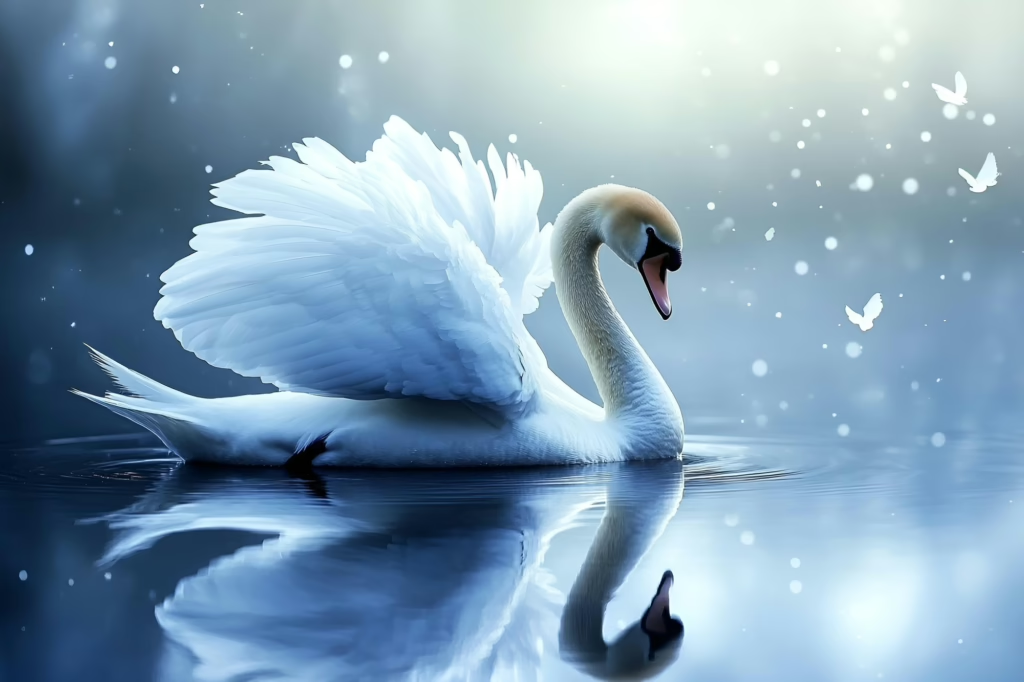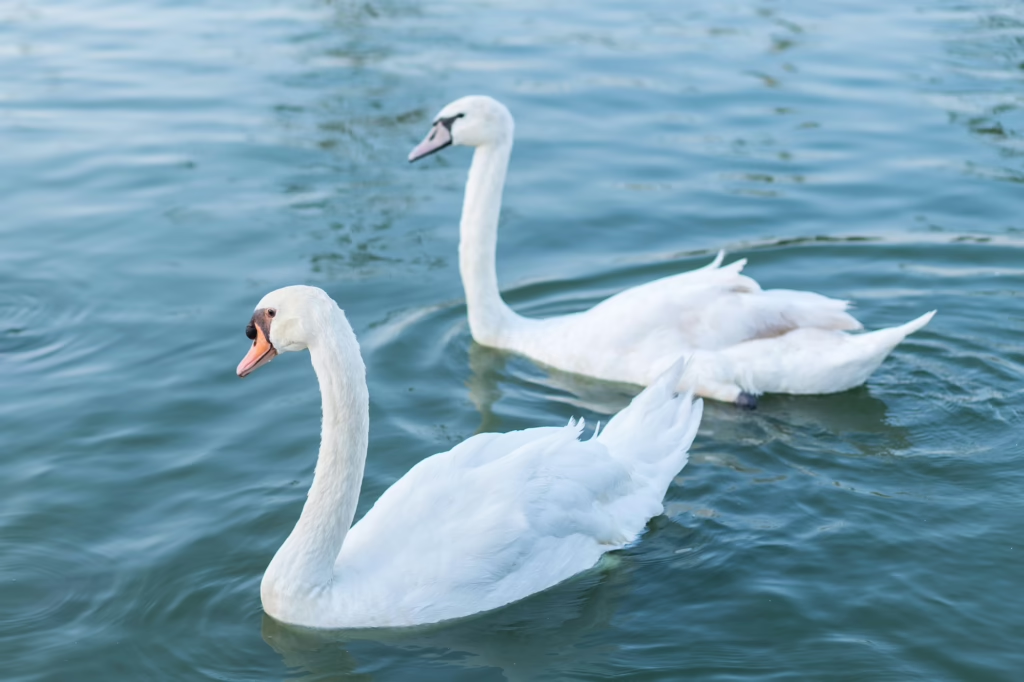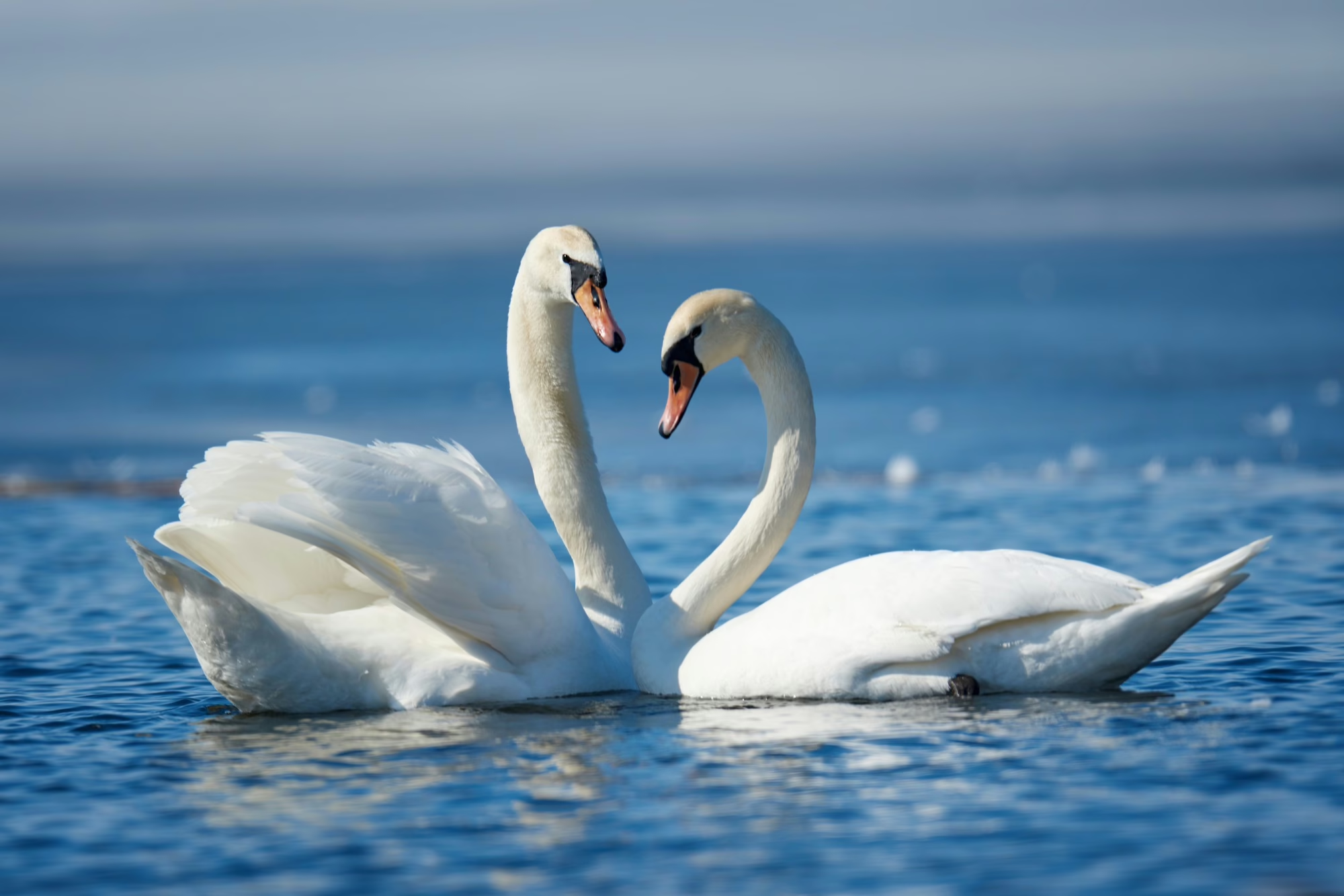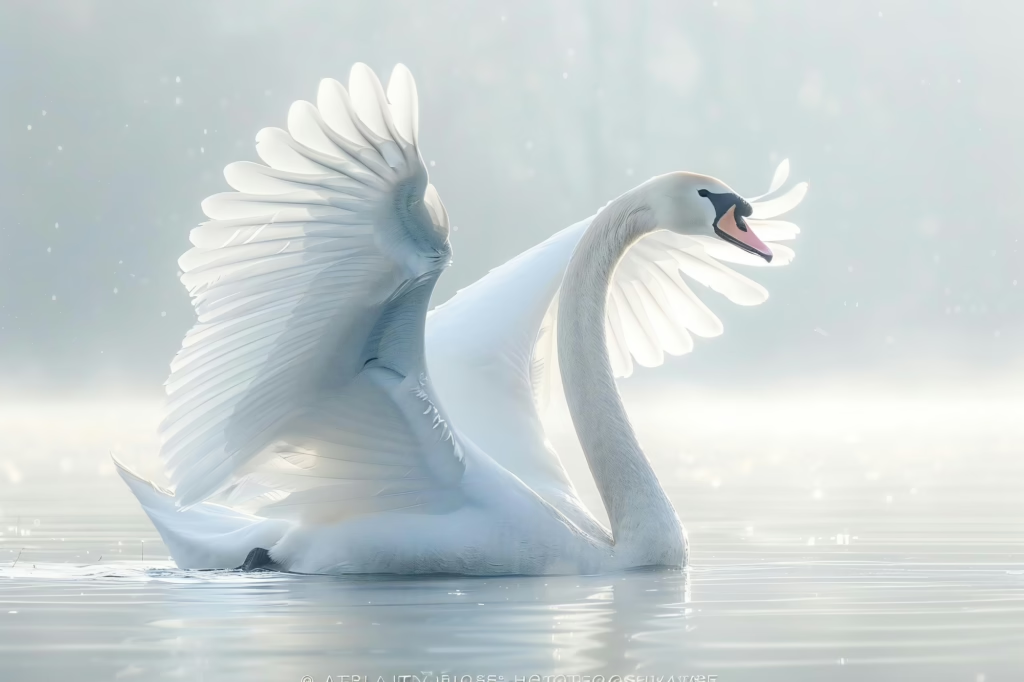“The Wild Swans at Coole” by William Butler Yeats, written in 1916 and published in 1917, stands as one of his most personal and reflective poems. Composed during a period of emotional maturity and national turmoil, the poem captures the poet’s deep meditation on aging, change, and the elusive permanence of beauty in nature. Set against the quiet backdrop of Coole Park, the estate of his friend Lady Gregory, the poem contrasts the enduring elegance of the wild swans with the speaker’s growing sense of weariness and loss.
At its heart, the poem is an elegy—not for a person, but for youth, love, and the constancy of feeling that the speaker no longer possesses. Through serene natural imagery, poignant memory, and symbolic richness, Yeats expresses the universal human struggle with the passage of time. The swans, unchanged and ever graceful, become symbols of what remains untouchable by age, while the speaker is left to reckon with the transformations in his own life. Blending lyrical beauty with quiet sorrow, “The Wild Swans at Coole” reveals Yeats’s poetic mastery at capturing both external landscape and inner emotion in perfect harmony.

The Wild Swans at Coole – Line-by-Line Analysis
Stanza 1
The trees are in their autumn beauty,
The poem opens with a serene natural scene. “Autumn beauty” immediately sets a tone of maturity and decline. Autumn symbolizes aging, change, and the nearing end of life’s cycle.
Figure of Speech: Personification – Trees are described as having “beauty,” attributing human qualities.
The woodland paths are dry,
The dryness of the paths reinforces the season. It suggests a quiet stillness, and perhaps the speaker’s own emotional dryness or detachment.
Under the October twilight the water
The time is late autumn, and the moment is twilight—a metaphor for transition, between day and night, youth and old age.
Mirrors a still sky;
The water reflects the sky, emphasizing calmness, symmetry, and stillness. The stillness contrasts with the emotional unrest the speaker will soon reveal.
Figure of Speech: Metaphor – The water is like a mirror, reflecting the world and symbolizing inner reflection.
Upon the brimming water among the stones
The lake is full (“brimming”), suggesting abundance of life or memories. The stones add groundedness, earthly permanence.
Are nine-and-fifty swans.
The image shifts to the swans — 59 of them. The precision makes the moment feel personal and significant. Swans here symbolize beauty, freedom, love, and in contrast to the speaker — unchanging vitality.
Stanza 2
The nineteenth autumn has come upon me
The speaker tells us it’s been nineteen years since he first counted the swans — emphasizing the passage of time and how he has changed since.
Since I first made my count;
The act of “counting” the swans suggests a kind of ritual or personal memory. There’s a sense of tradition and emotional attachment.
I saw, before I had well finished,
He recalls a vivid memory when he first observed them. The “before I had well finished” line builds suspense.
All suddenly mount
The swans take flight unexpectedly. The stillness of the earlier lines is broken by sudden, energetic movement.
Figure of Speech: Enjambment – The thought spills over to the next line, mirroring the surprise and motion.
And scatter wheeling in great broken rings
The swans do not fly in a neat formation, but in “broken rings,” suggesting wild, natural freedom.
Figure of Speech: Visual Imagery – We can imagine the circling swans.
Alliteration: “scatter” and “wheeling” create a swirling sound.
Upon their clamorous wings.
“Clamorous” suggests loud, powerful wingbeats—again contrasting with the quiet scene earlier.
Figure of Speech: Onomatopoeia – “Clamorous” mimics the noise.
The energy of the swans reinforces their life-force, which the speaker feels distanced from.
Stanza 3
I have looked upon those brilliant creatures,
He refers to the swans as “brilliant”—highlighting their radiance, vitality, and almost divine presence.
And now my heart is sore.
This line is simple but powerful. Looking at the swans reminds him of loss — of time, of youth, of earlier feelings.
Figure of Speech: Synecdoche – “Heart” represents his emotional self.
All’s changed since I, hearing at twilight,
Time has altered everything. The repeated reference to twilight underscores the speaker’s awareness of aging.
The first time on this shore,
He is remembering his younger self, who once stood in this same place, full of hope or wonder.
The bell-beat of their wings above my head,
The phrase “bell-beat” evokes a musical, rhythmic sound, linking nature with sacred or emotional resonance.
Figure of Speech: Metaphor – The swans’ wingbeats are compared to ringing bells.
Also, auditory imagery creates a physical sensation.
Trod with a lighter tread.
He once walked with a lighter step—literally younger, but also emotionally lighter, perhaps more joyful or unburdened. Now he feels heavier—physically and spiritually.
Stanza 4
Unwearied still, lover by lover,
The swans, unlike the speaker, remain “unwearied”—full of energy and eternal youth. “Lover by lover” hints that they are paired, also highlighting the speaker’s own solitude or disconnection from love.
Figure of Speech: Repetition and Juxtaposition – “Still” vs. “changed” shows contrast.
They paddle in the cold
Even in cold weather, the swans are active—this reflects their resilience.
Companionable streams or climb the air;
Whether swimming or flying, they are always together. The word “companionable” emphasizes connection, something the speaker may feel he has lost.
Their hearts have not grown old;
Unlike the speaker’s. This stark line contrasts eternal nature with mortal man.
Figure of Speech: Personification – Swans’ “hearts” symbolize enduring love or spirit.
Passion or conquest, wander where they will,
Swans are associated with passion, adventure, and even romantic conquest. They represent everything the aging poet feels is slipping from his reach.
Attend upon them still.
These qualities—passion, vitality—still “attend” or follow the swans. The speaker envies this unchanging joy.
Stanza 5
But now they drift on the still water,
We return to the stillness of the lake. The swans are now calm, resting. “Drift” may also imply separation or distance.
Mysterious, beautiful;
The swans remain enigmatic and aesthetic symbols, beyond the speaker’s understanding or reach.
Figure of Speech: Asyndeton – Leaving out conjunctions adds intensity and finality to the adjectives.
Among what rushes will they build,
He wonders where the swans will go next — suggesting they are free, not bound to one place like he is.
By what lake’s edge or pool
These lines reflect his melancholy speculation—where will these birds settle next, when he is gone or unable to see?
Delight men’s eyes when I awake some day
There is a subtle suggestion of death here. “Awake some day” might mean waking in a metaphorical sense—perhaps in an afterlife, or perhaps realizing their absence.
To find they have flown away?
The closing line holds a haunting sadness. He fears waking up to a world where the swans—symbols of beauty, youth, and constancy—are no longer there.
It also metaphorically suggests the loss of joy, inspiration, or companionship.

Conclusion
“The Wild Swans at Coole” is Yeats’s quiet, emotional meditation on aging, loss, and the permanence of nature in contrast to human frailty. The swans represent an ideal of eternal youth, love, and artistic inspiration, while the speaker stands on the shore of life, increasingly aware of what time has taken.
Yeats blends natural imagery, philosophical introspection, and musical language to create a deeply poignant poem—one that speaks universally to anyone who has looked back and found that “all’s changed.”


